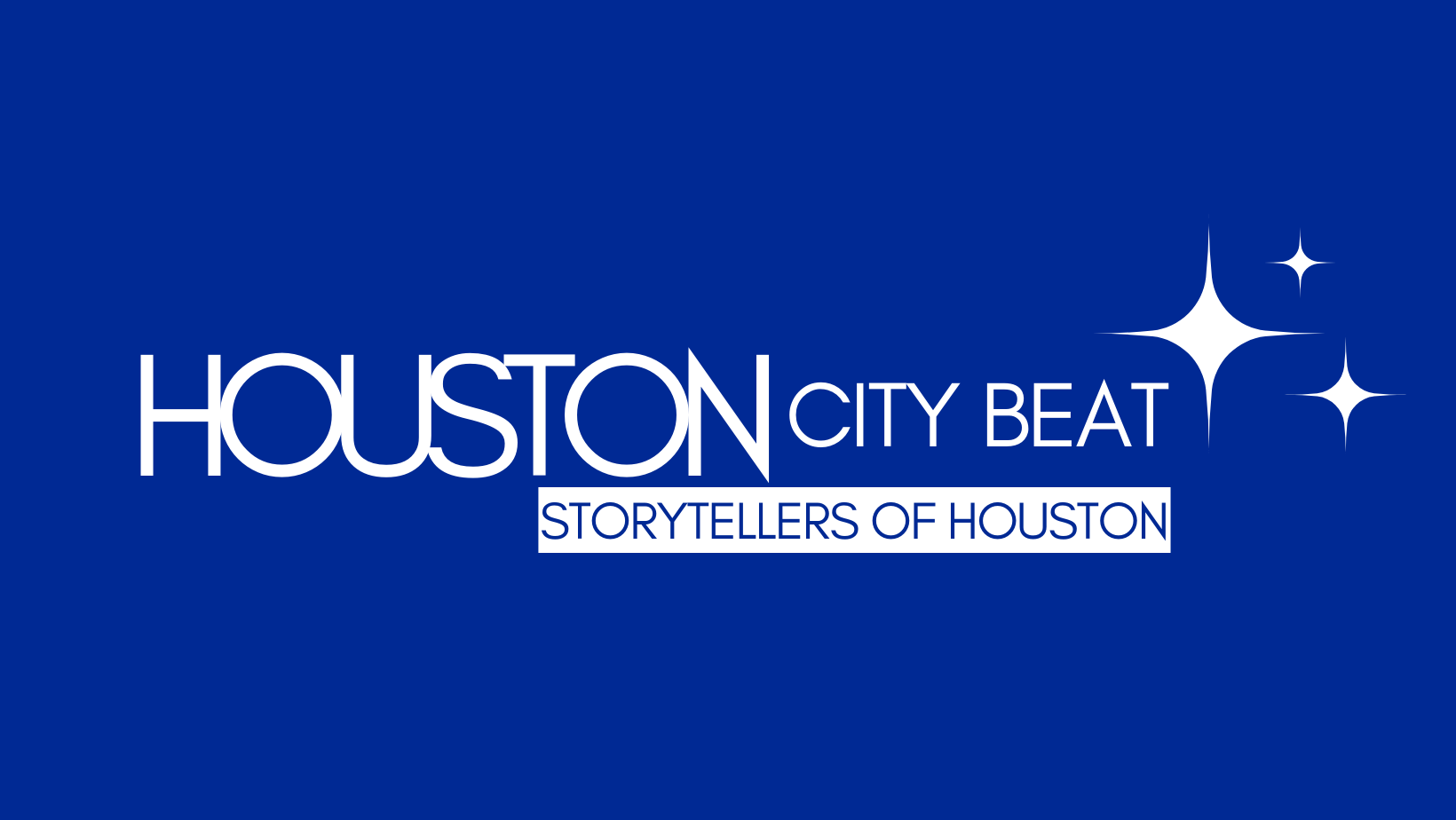Episode 1 - HCB-TV
In this debut episode of Houston City Beat, Lisbet Marquez visits the Museum of Fine Arts and the University of St. Thomas. Mike Acosta tells the story of how the Houston Colt .45s became the Astros in this edition of Astrotalk.
Museum of Fine Arts
Houston’s museum district is one of the best in the United States today. The area features 19 museums which attract 9 million visitors each year.
In the heart of the district is the Museum of Fine Arts Houston, which today features a collection of over 70,000 artifacts from six continents, and spans more than 6,000 years of history.
The Fine Arts Museum was established in 1900. The Watkin Building was completed in 1924 in a distinctive Neoclassical design. Designed by Houston architect William Ward Watkin, this original building was the first art museum to be built in Texas. More recently, the Museum of Fine Arts expanded to 300,000 square feet of exhibition space with the addition of the Nancy and Rich Kinder Building in 2020.
Today the campus is the 12th largest art museum space in the world based on gallery space. The Museum of Fine Arts has been blessed with a rich history of philanthropy, with many of it’s permanent collections being donated from the private collections of Houstonians over the past several decades. A visit to the Houston Museum of Fine Arts is a perfect way to spend a day with family or friends.
For more information, including days when admission is free, go to
mfah.org

University of St. Thomas
The University of St. Thomas is named after St. Thomas Aquinas and began inside the historic Link–Lee House, which was once the largest home in Houston, and has become a notable landmark over the last several decades. The first classes began on September 22, 1947 and there have been well over 20,000 graduates since UST graduated it first class in the Spring of 1951.
The University of St. Thomas's main campus is located in the Montrose area of Houston and borders the Museum District. Many of the university's offices are in houses built in 1930s that are scattered throughout the campus, which is arranged in a square format, with the main focus of buildings on the north side of the campus which is called the Academic Mall. The setup is designed to display the methods of human knowledge with FAITH represented by the Chapel of St. Basil, and REASON, represented by the Doherty Library.
The Chapel of St. Basil has won many awards for its unique architecture and is the main location of Catholic worship on campus. Basil was a fourth-century bishop who was a proponent of both education and the monastic life.
There is no artificial light inside the main section of the building during the daytime. There is sufficient sunlight to fully light the worship space, as a combination of smooth textures and reflective surfaces maximize all light shone in the building. At night, the lights from outside combined with candles inside the chapel are more than enough to illuminate the worship area.

Astrotalk
The Houston Colt .45s became the first Major League team to play in Texas back in 1962 and played for three seasons at Colt Stadium, a temporary ballpark that was actually built by a scaffolding company from Houston. The Wild West ruled the domain of Colt Stadium for three seasons through 1964 while a new home was constructed several hundred yards to the south.
Rising over the the first base risers of Colt Stadium was the steel skeleton of the world's first domed stadium. Nothing like it existed in the world. A building of this magnitude had never been attempted. Colt .45s president, Roy Hofheinz, was well aware of the branding opportunity for the ball club’s new futuristic stadium and decided the current team name would not extend past the 1964 season. The Colt .45s firearm company saw the success of the Houston team named after their revolver and was going to want a piece of revenue from the team. Hofheinz did not want anything to distract from the opening of the new domed stadium so he decided to simply change the name of the team and start with something fresh.
Hofheinz never really liked the Colt .45s name, as he felt it was too much in Houston’s past. The city was the fastest growing in the United States and was evolving from a big town to a major city.
Houston was a leader in the medical field with the state-of-the-art Texas Medical Center, energy was a major part of the economy, and now NASA based its astronaut operations here as well.
Hofheinz hired an artist to attend Colt .45s games throughout the 1964 season and sketch ideas for a new team identity. Various logos and names were considered, including Stars and Rockets. It was clear that Hofheinz wanted something that would tie into space exploration, an industry which was fast growing and looked to the future with innovation, much like the new domed stadium. By December, 1964, as the Major League Baseball winter meetings were held in Houston, Roy Hofheinz announced the team would be changing its name to the Astros, a shortened version for Astronauts, who were based and trained in Houston.
The team carried the same navy and orange, but all that was tied to the old west and the Colt .45s pistol was gone. The new Astros logo featured with baseballs flying in orbit around what was now called the Astrodome as the focal point. The Astros font featured serifs that implied fast movement. A shooting star blazed across the new home uniforms, while the road jerseys featured a look almost identical to what was used during the Colt .45s years, with a simple arched Houston across the front. The Astros hats now featured an orange lone star with a block H inset in white against a navy crown. A new chapter that included a new stadium and a new team identity was now underway in 1965.
Thank you to our sponsors FunFaces.fun and Organized for Me.
Contributing Writer: Mike Acosta, Executive Producer @Houston City Beat
Host: Lisbet Marquez, Founder @Houston City Beat

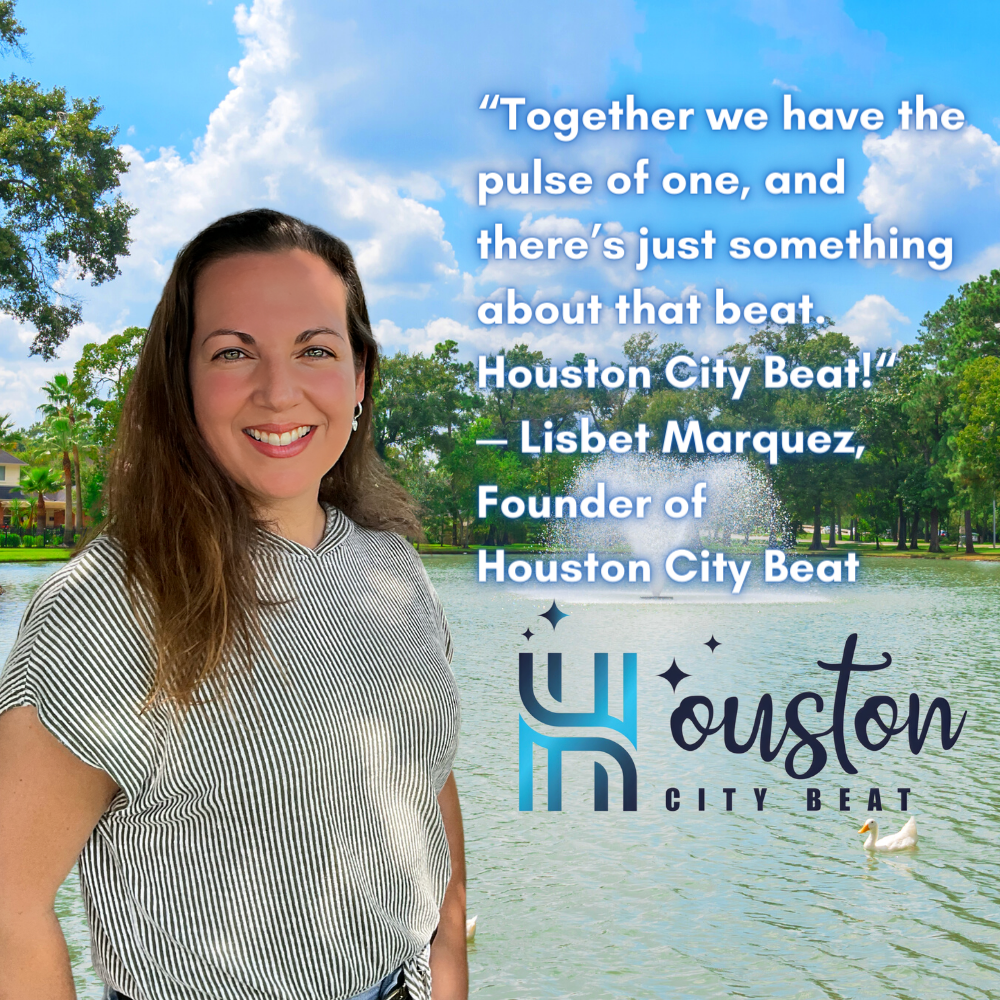
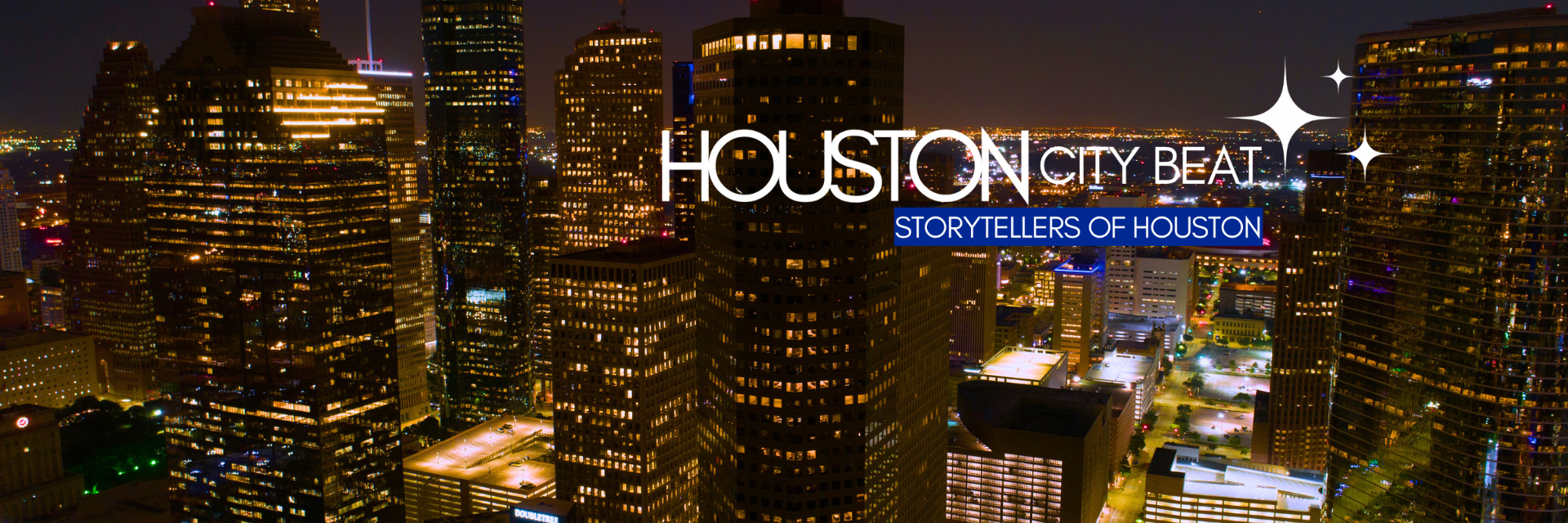 Button
Button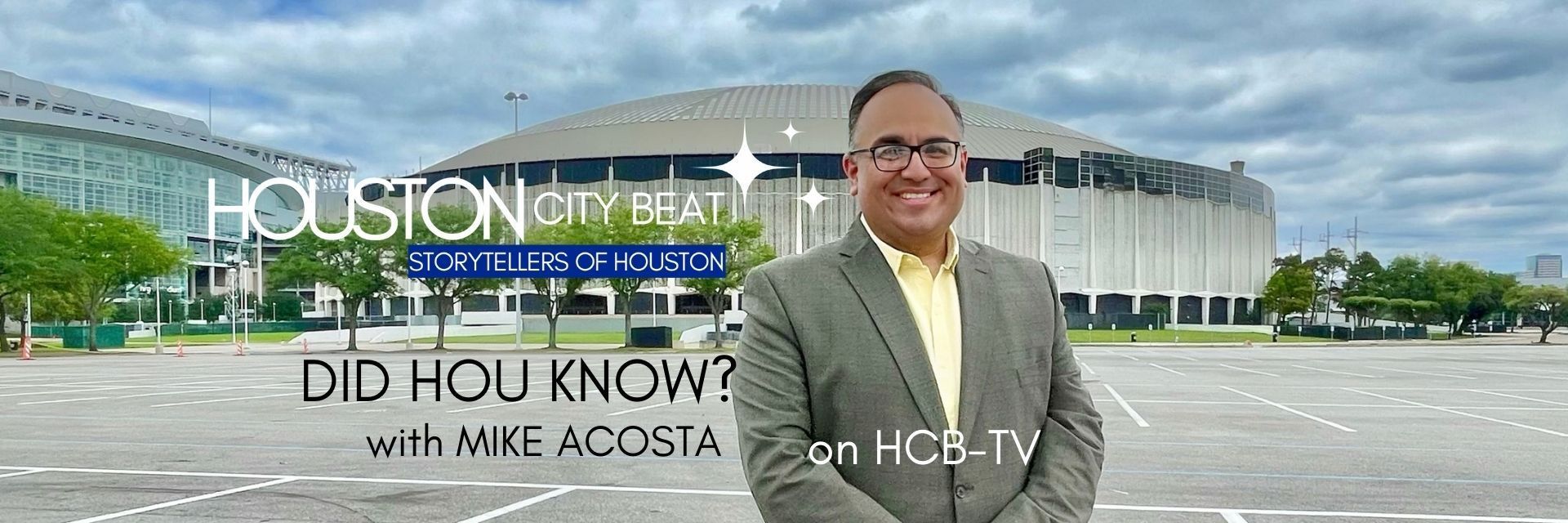
Slide title
Write your caption hereButton
Slide title
Write your caption hereButton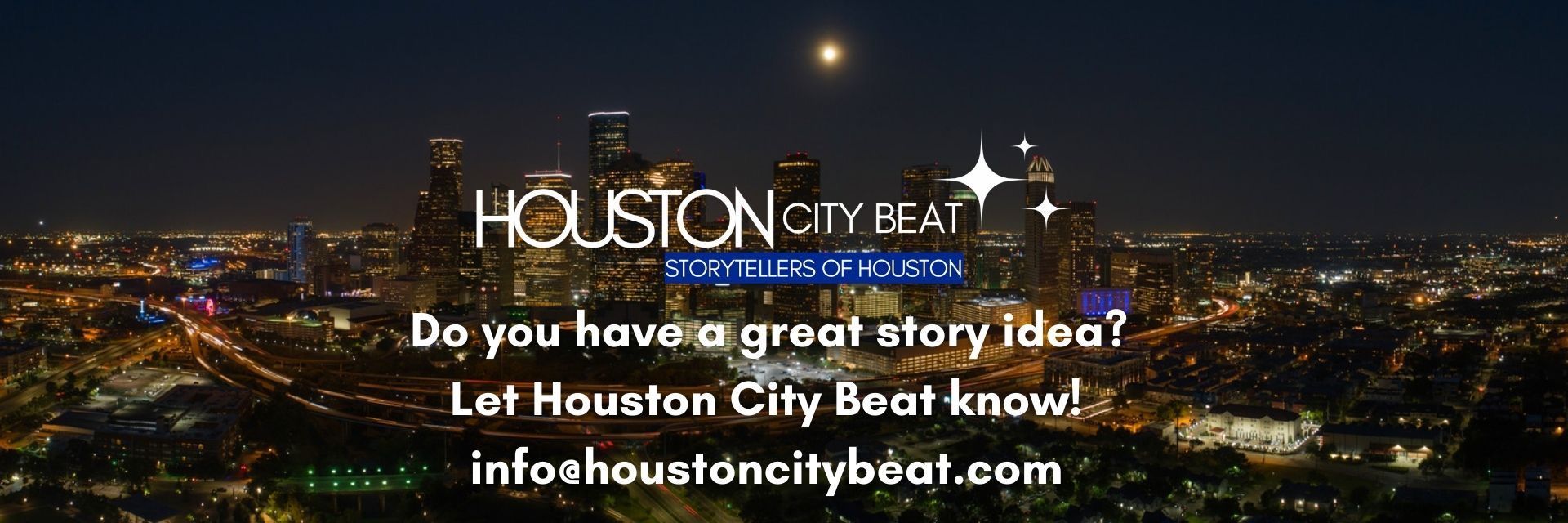
Slide title
Write your caption hereButton
Slide title
Write your caption hereButton
Slide title
Write your caption hereButton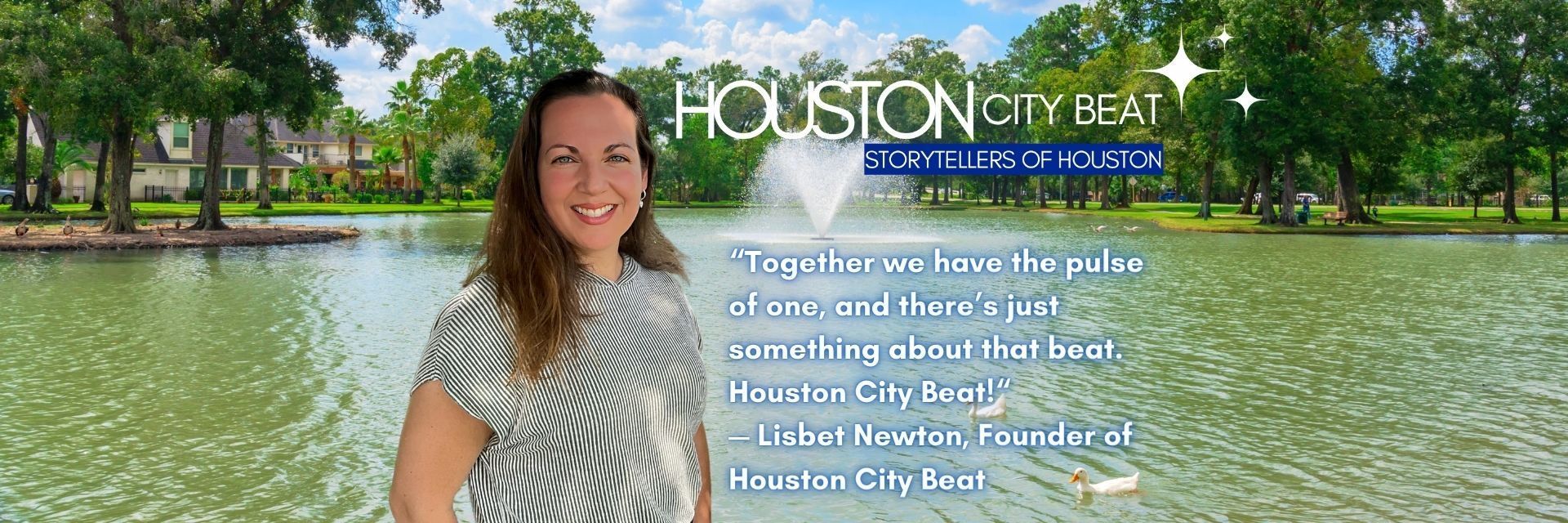
Slide title
Write your caption hereButton
Slide title
Write your caption hereButton
Slide title
Write your caption hereButton
All Rights Reserved | Houston City Beat
Website designed by: LisMarketing.co Produced by Acosta Media Group
